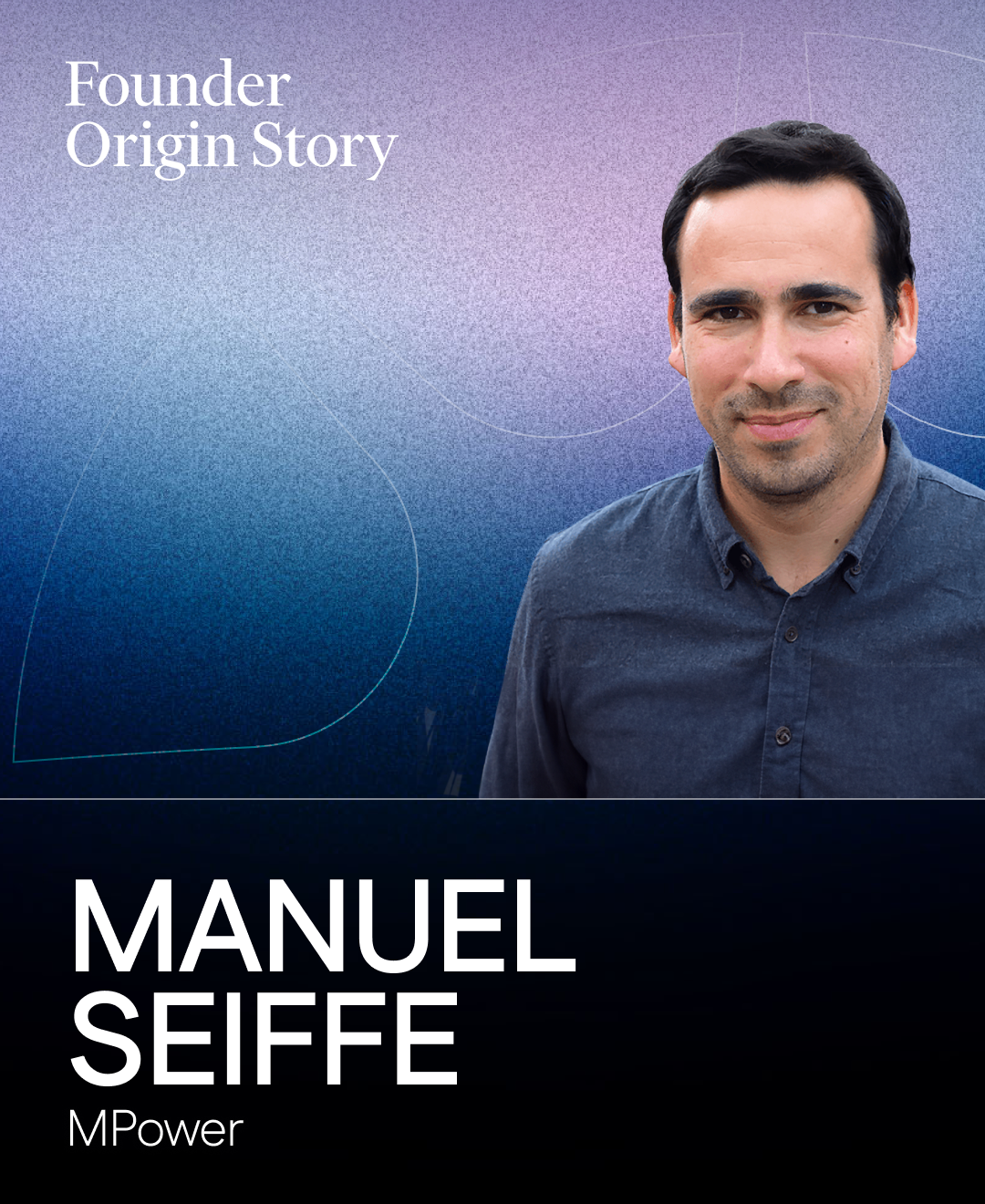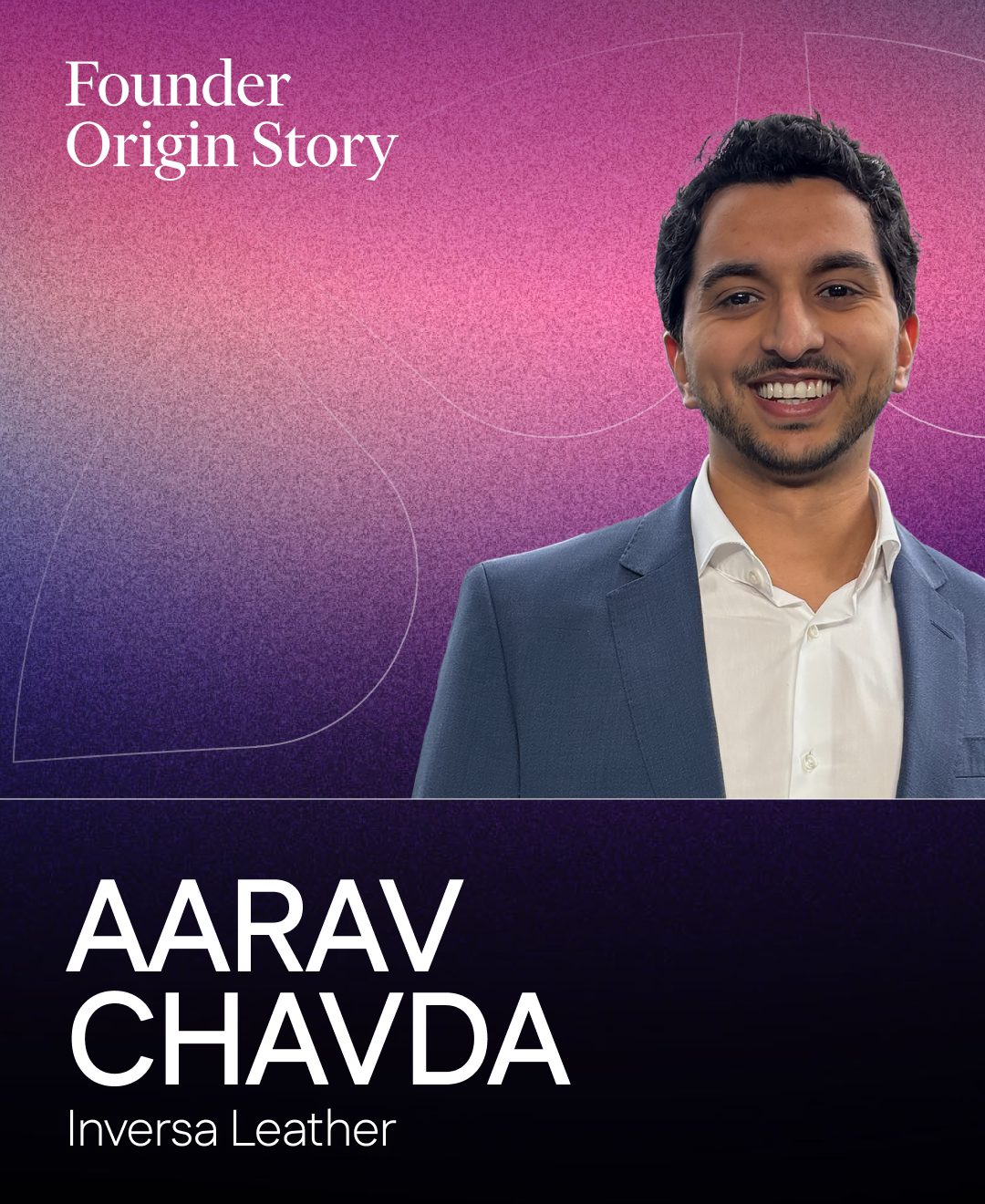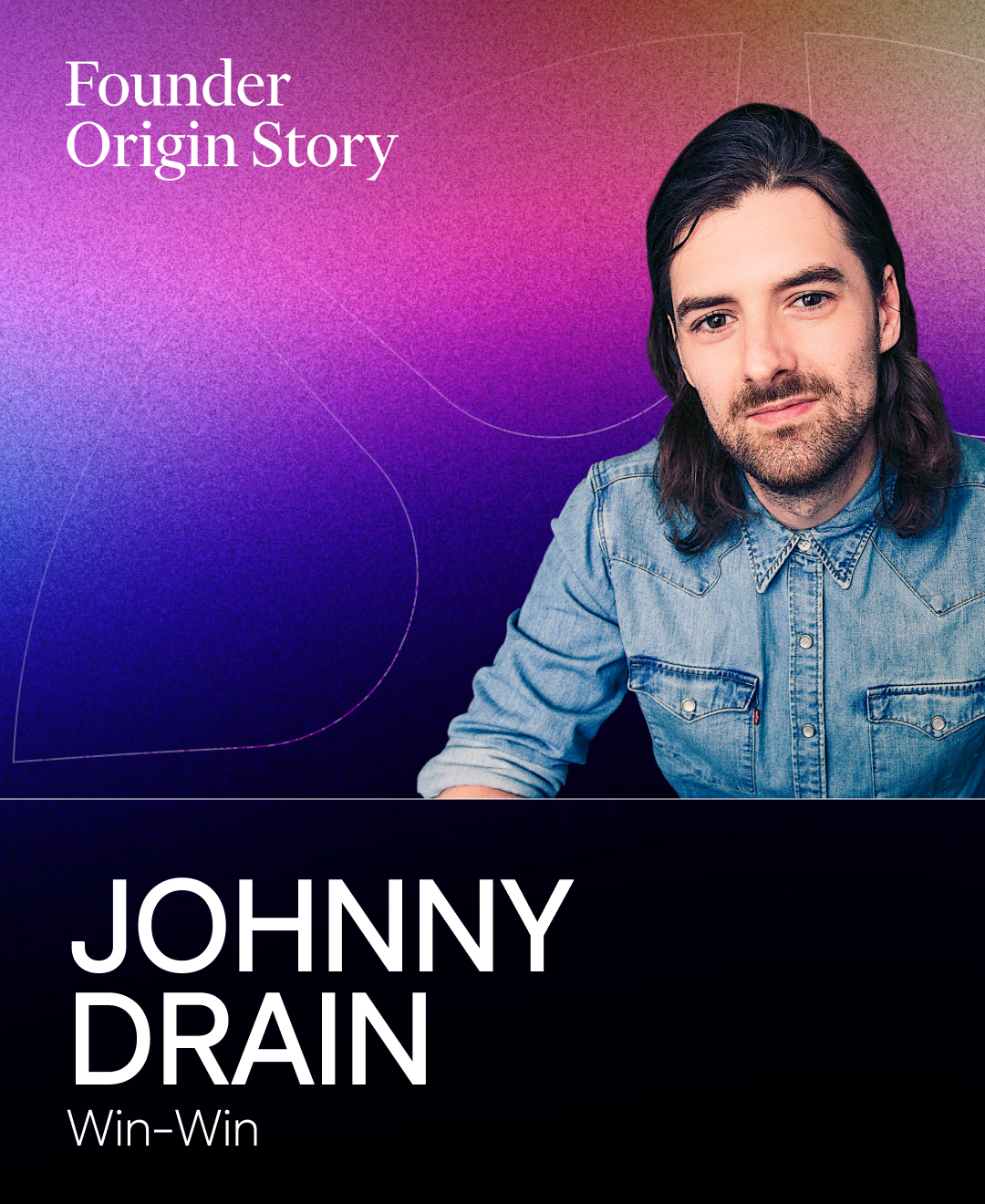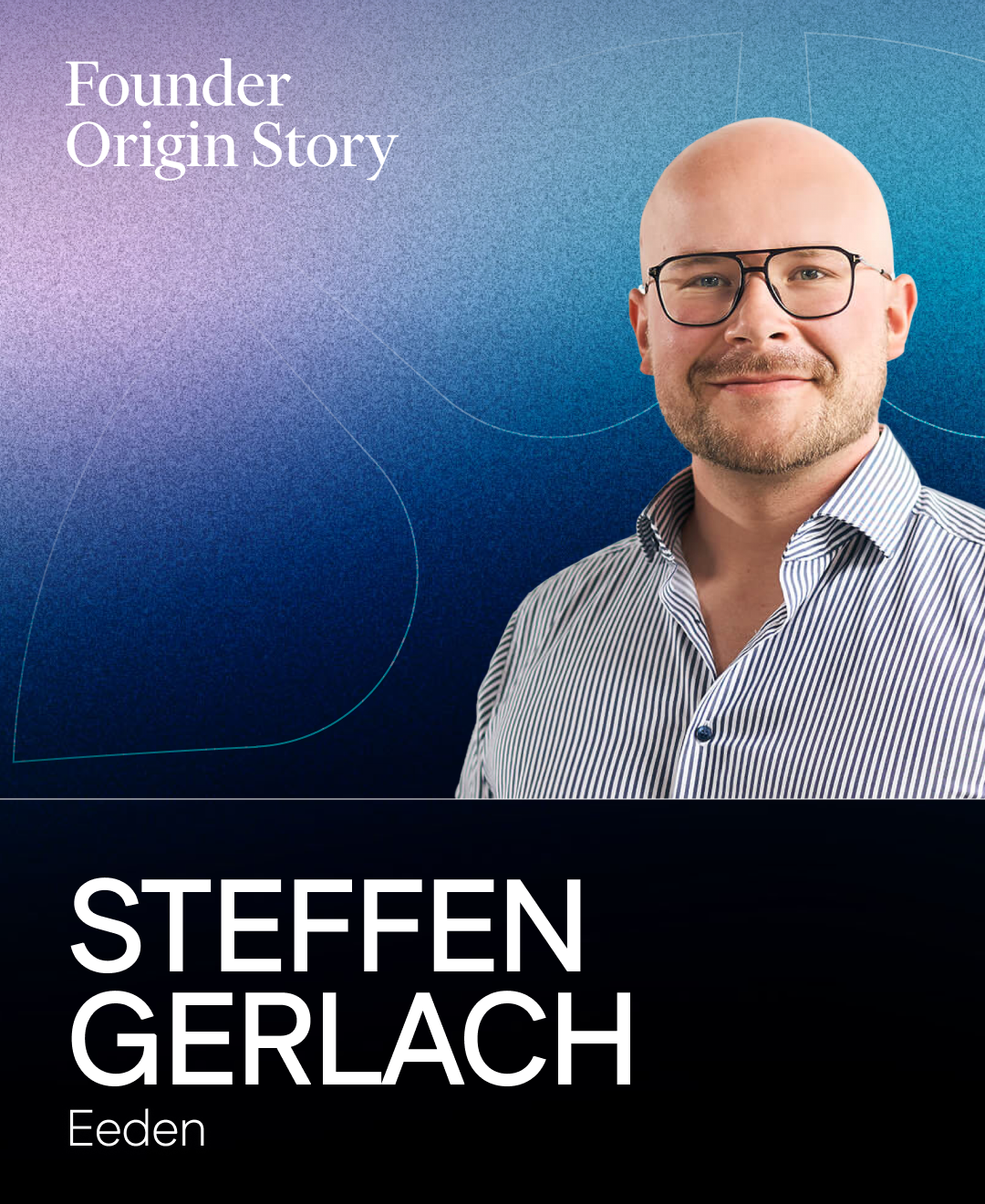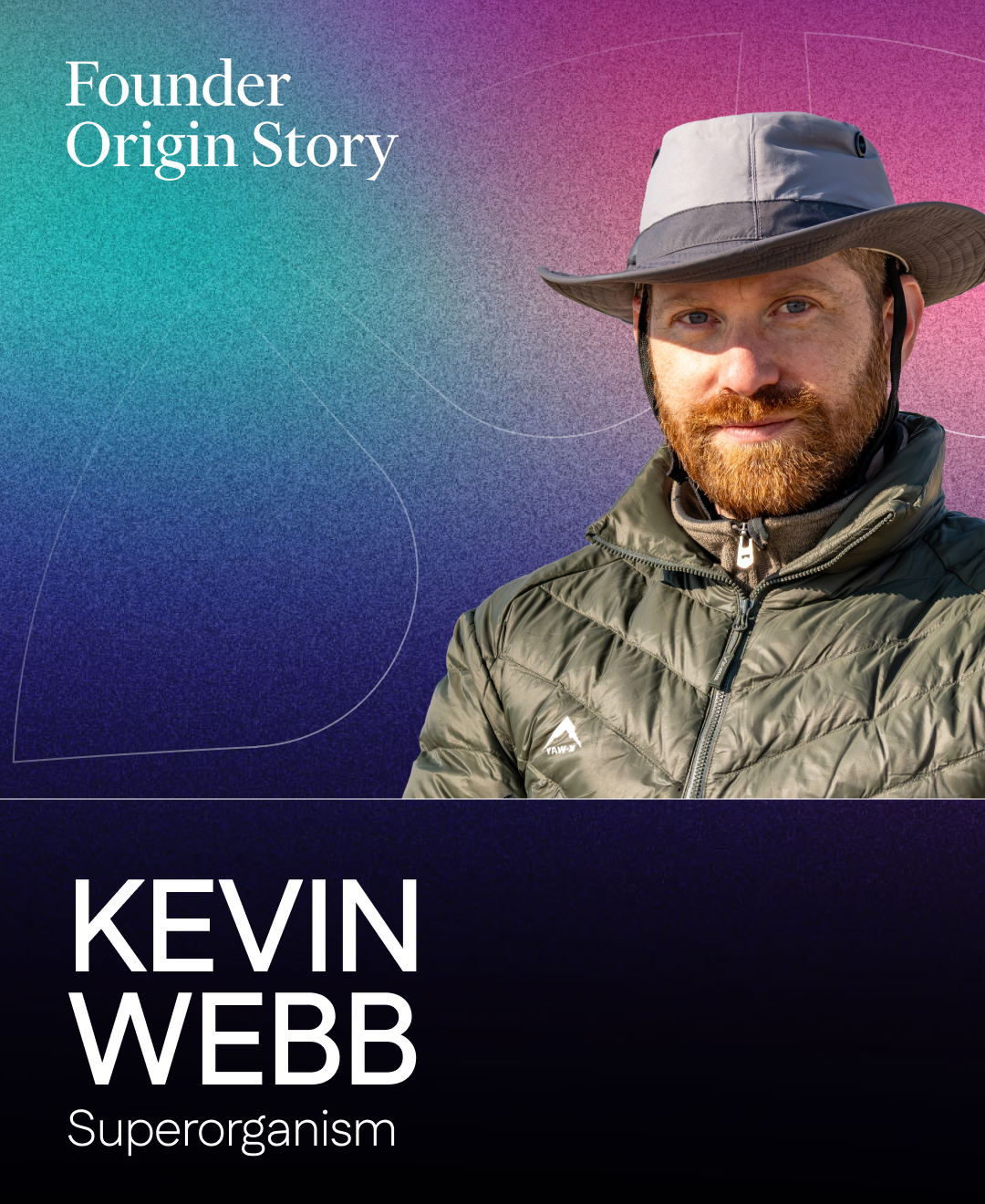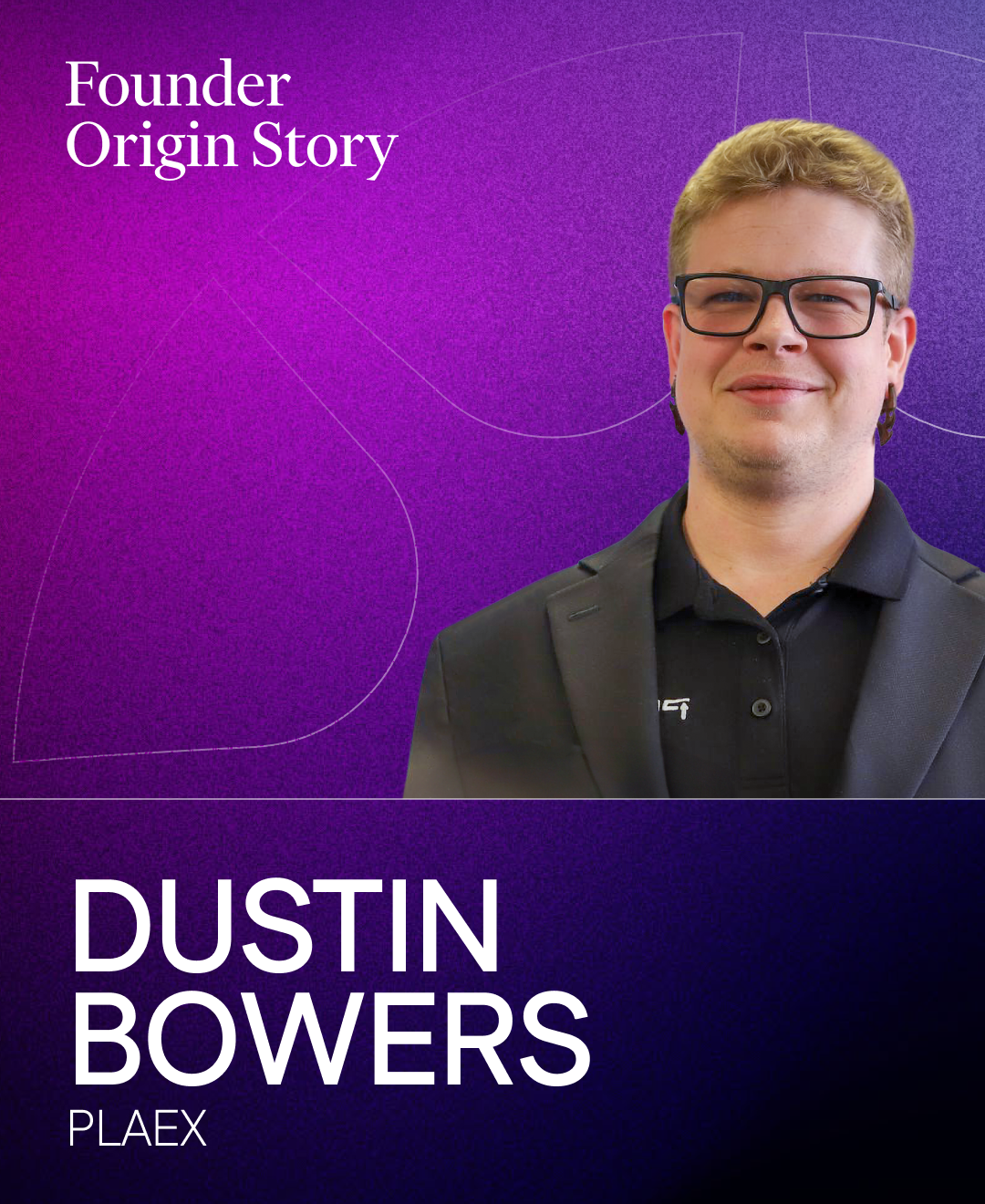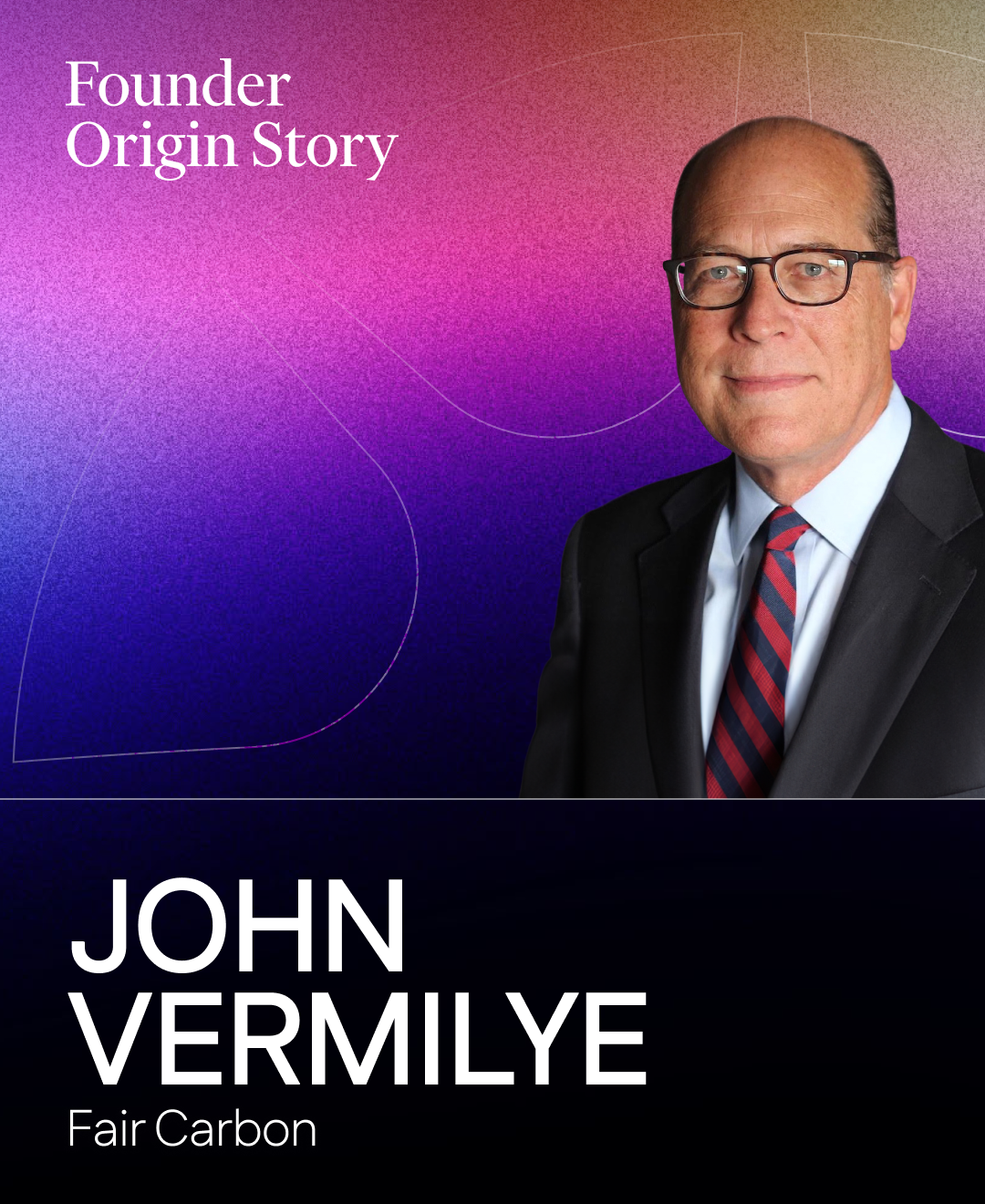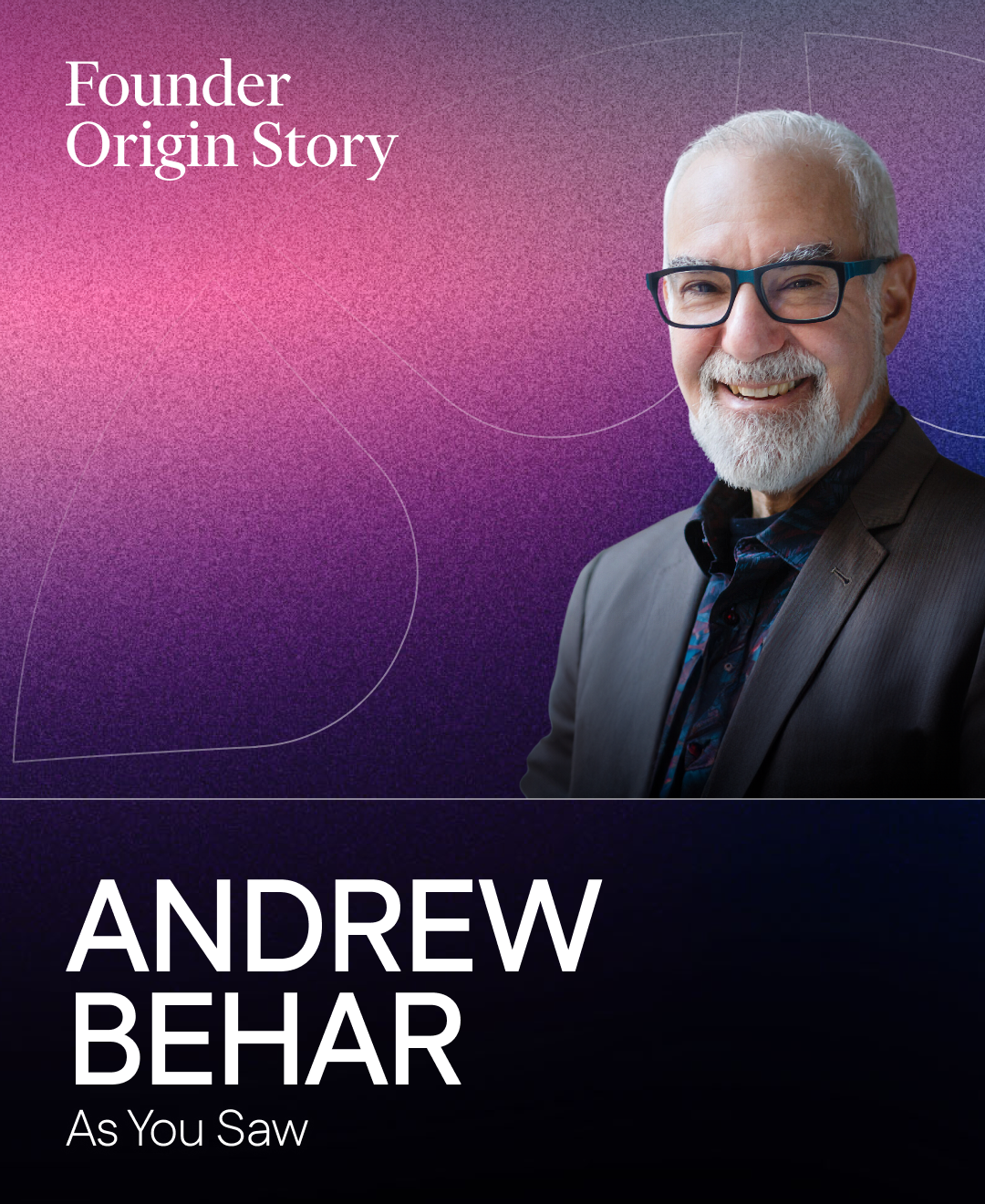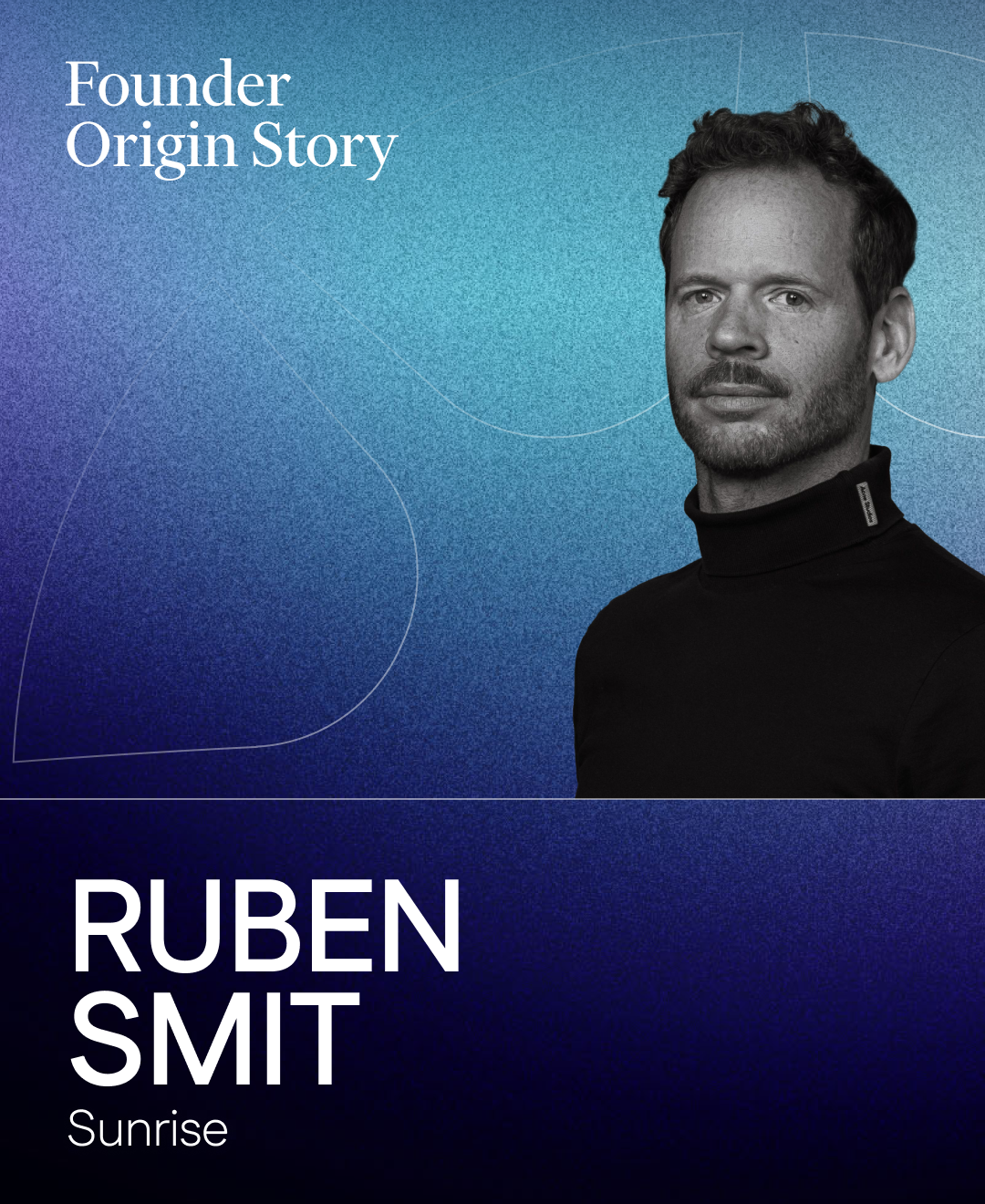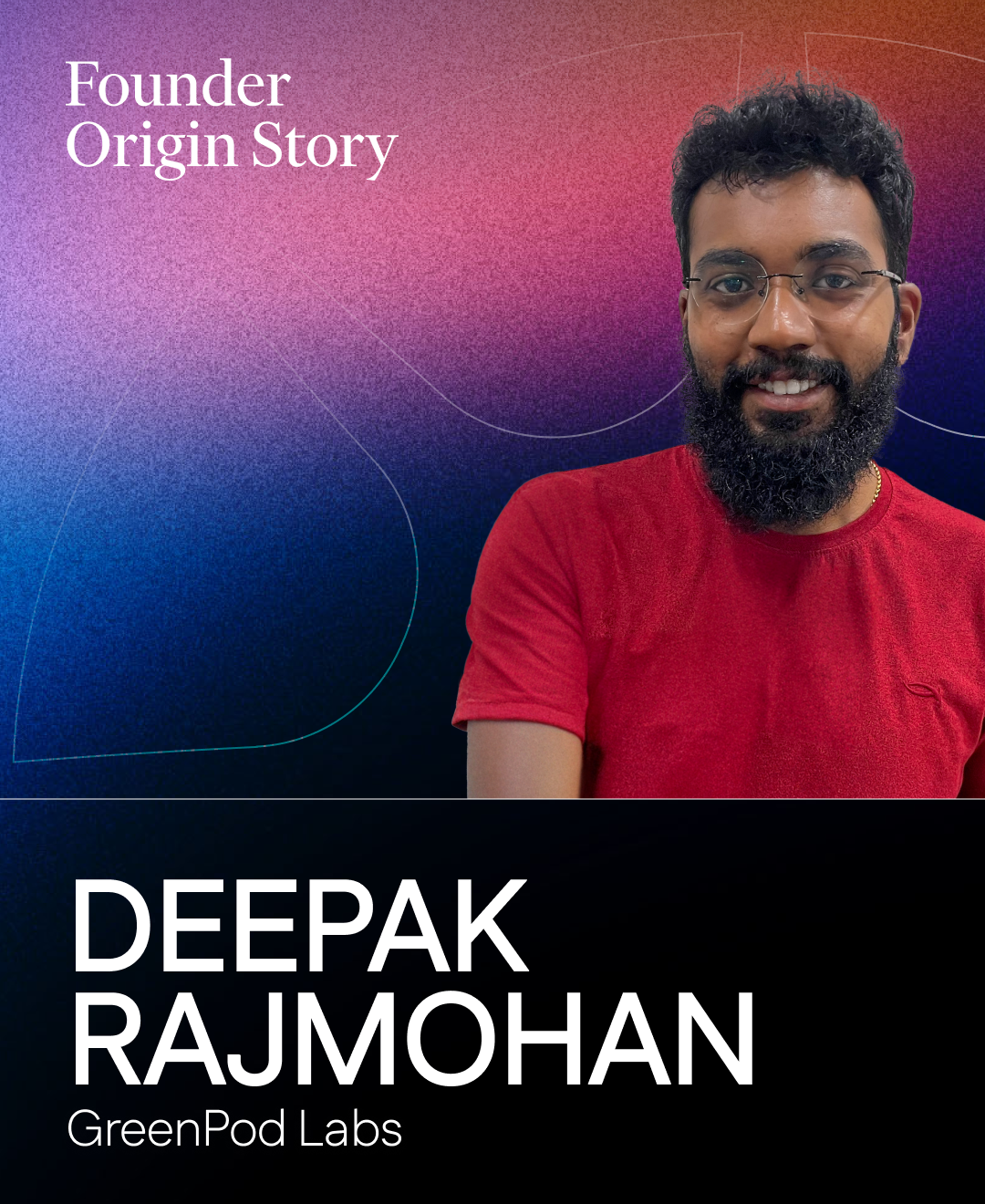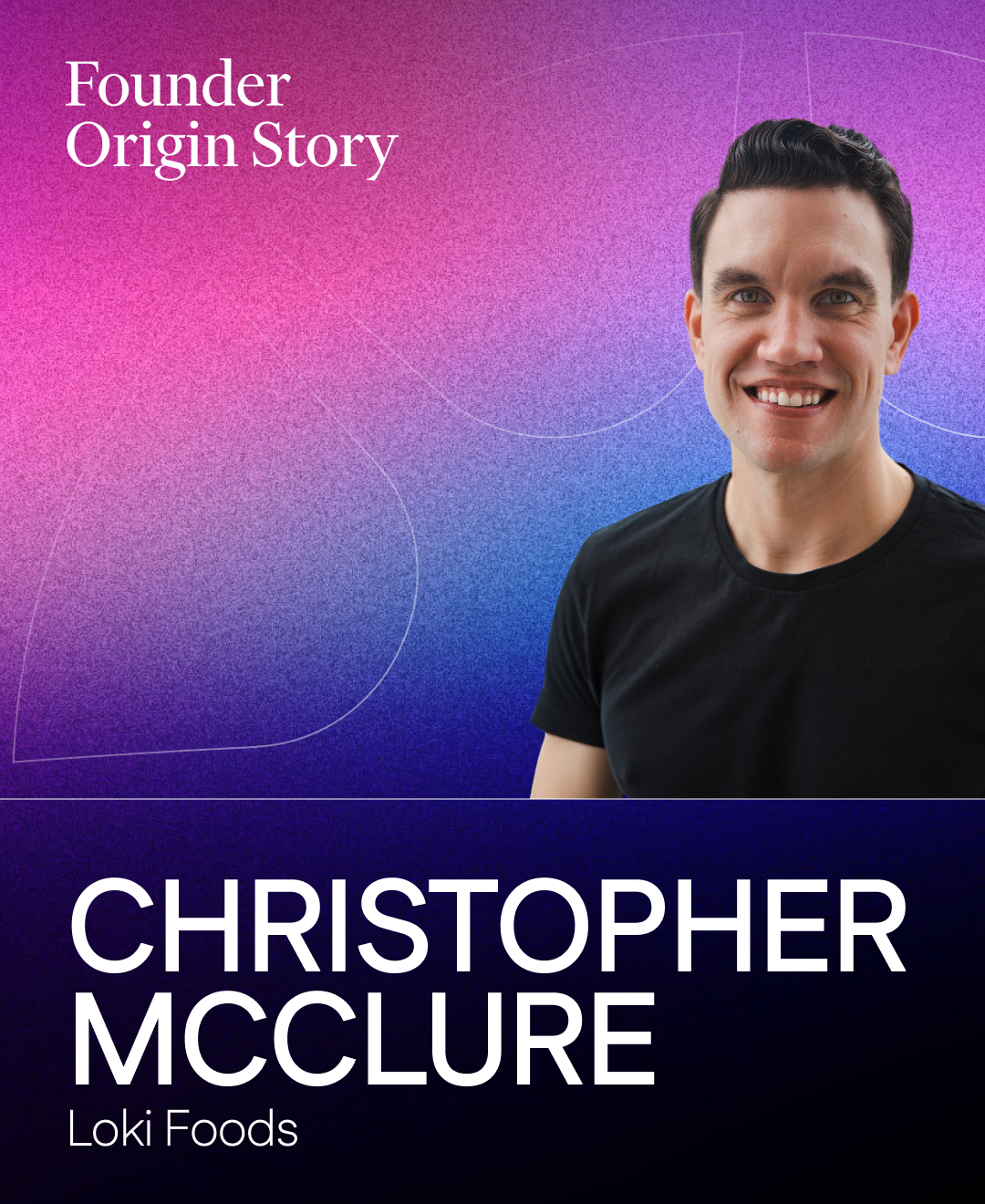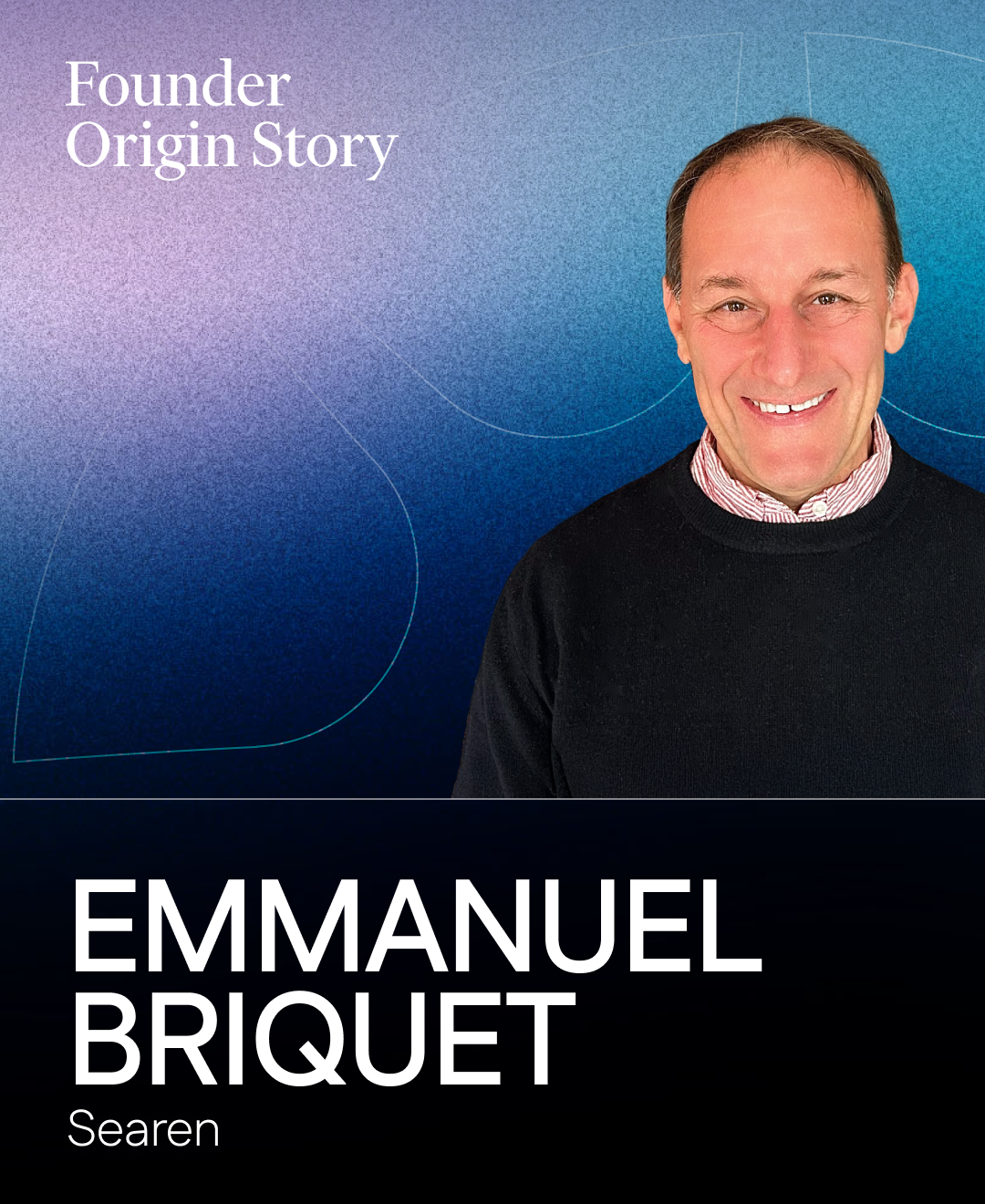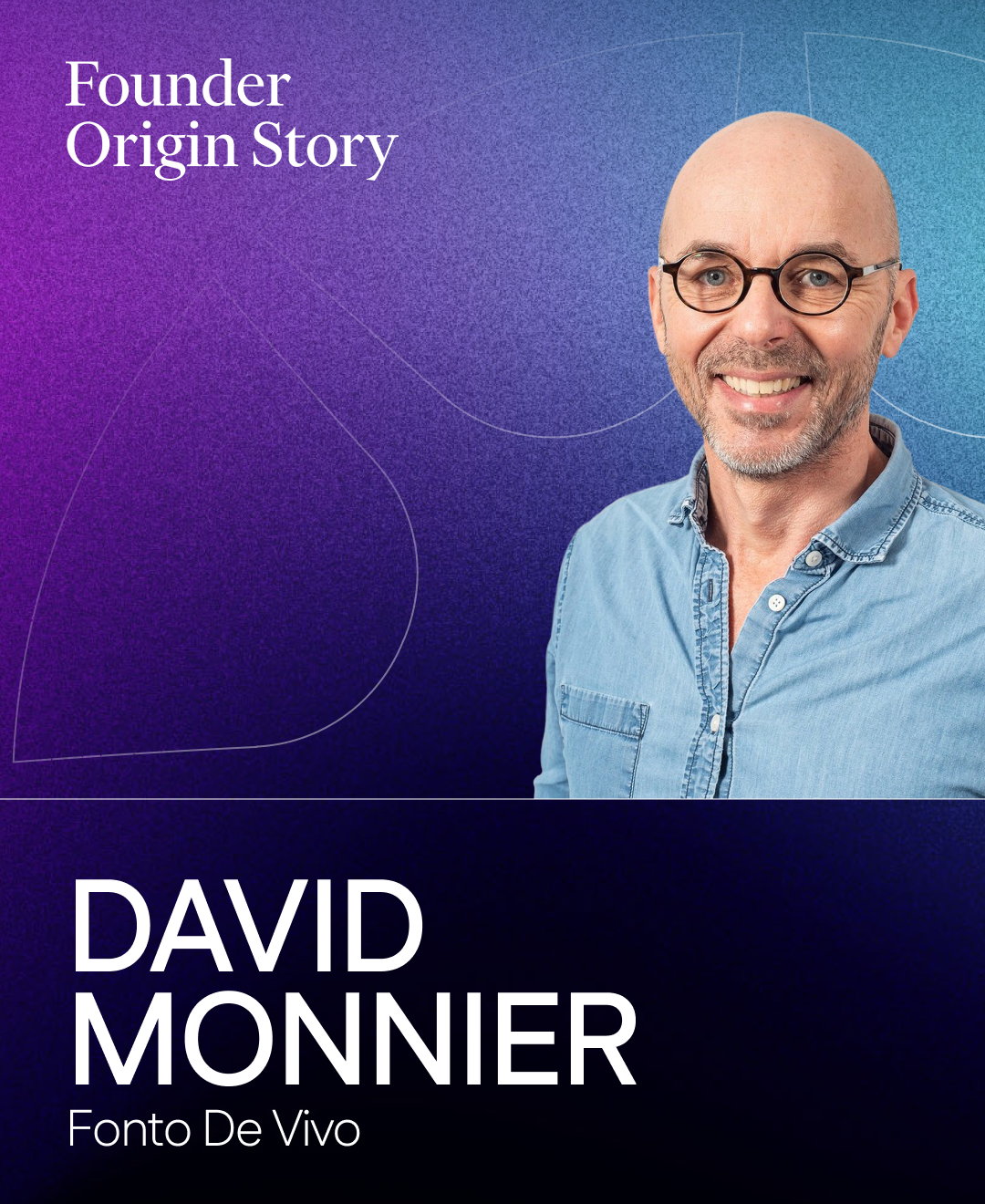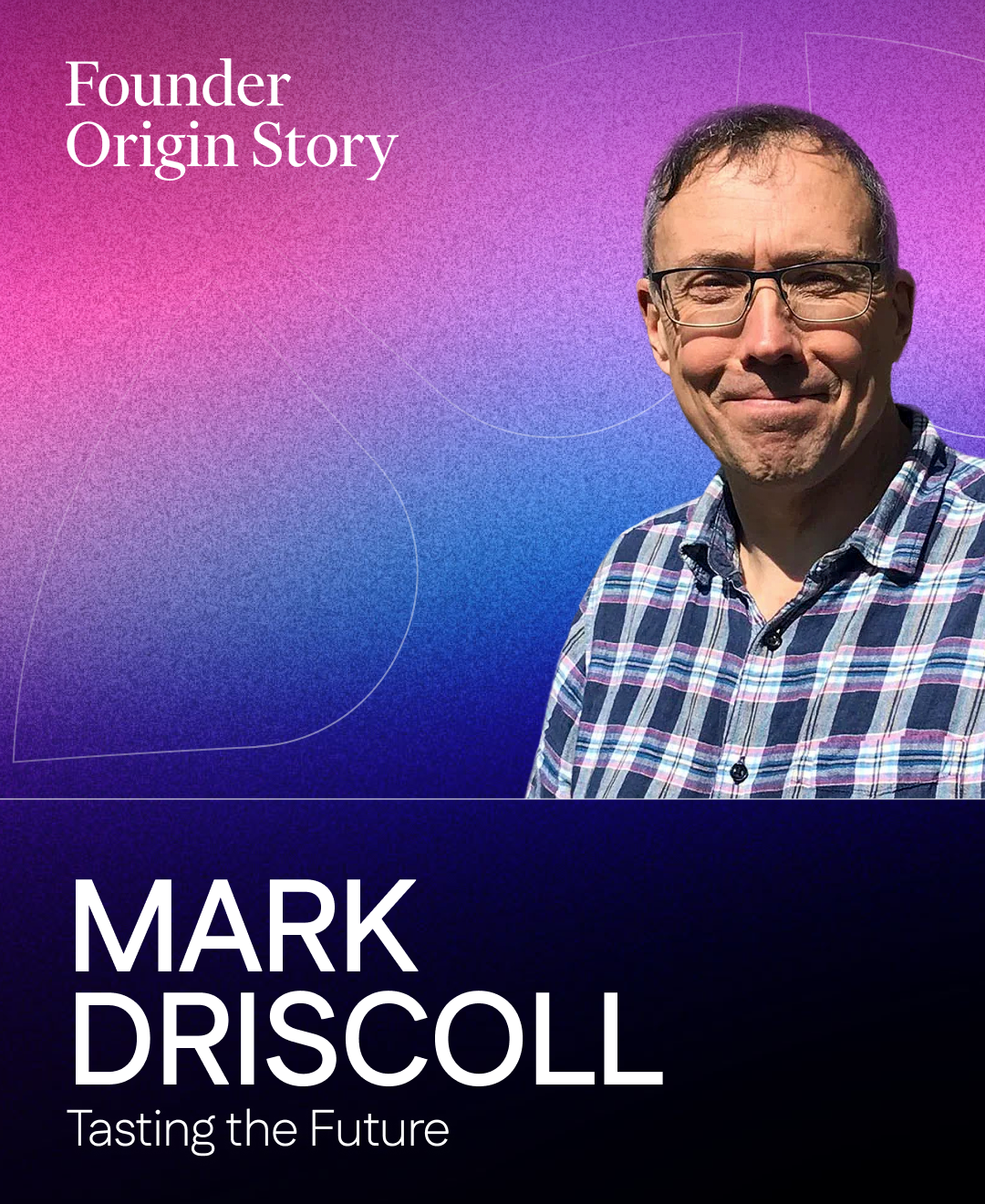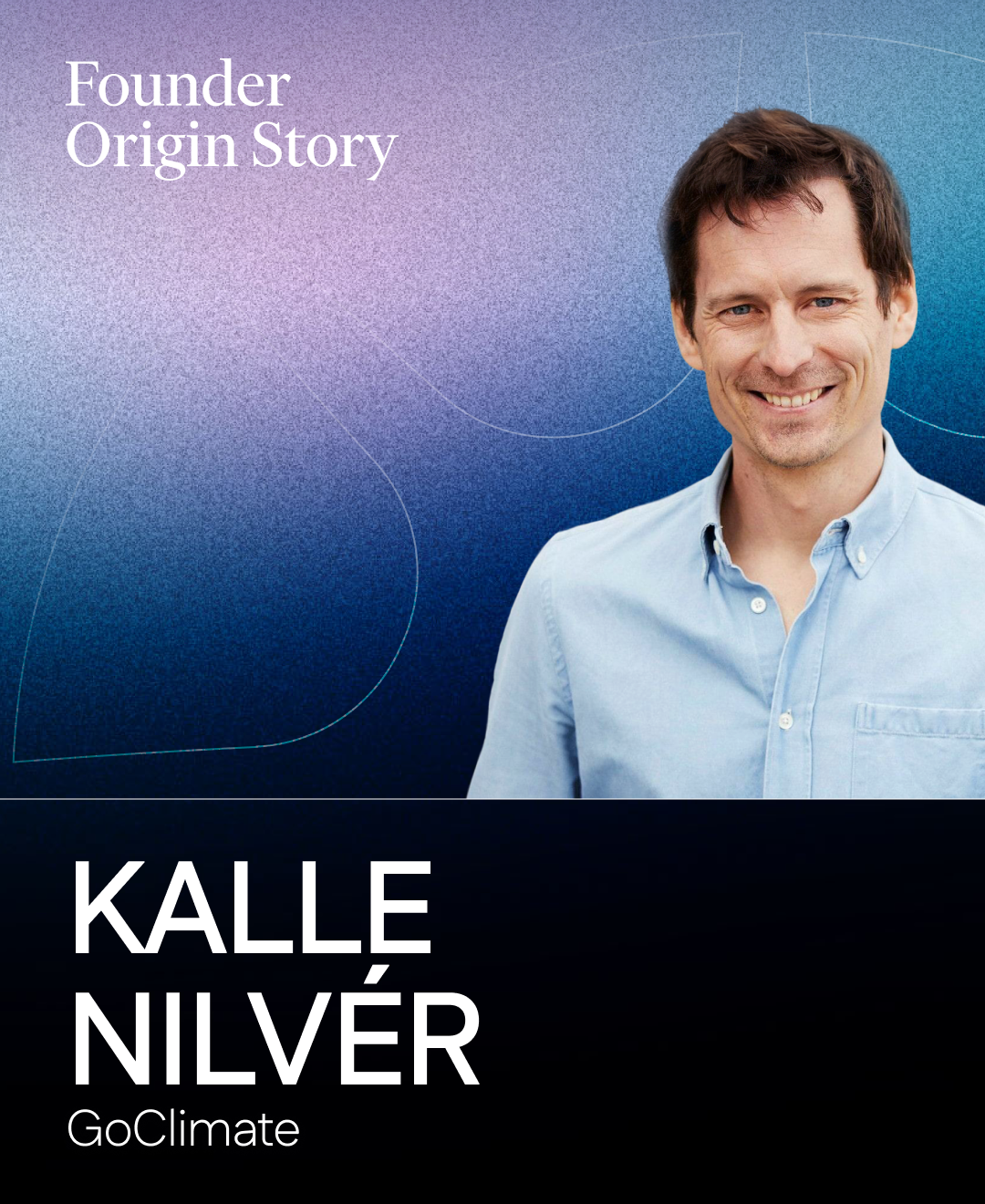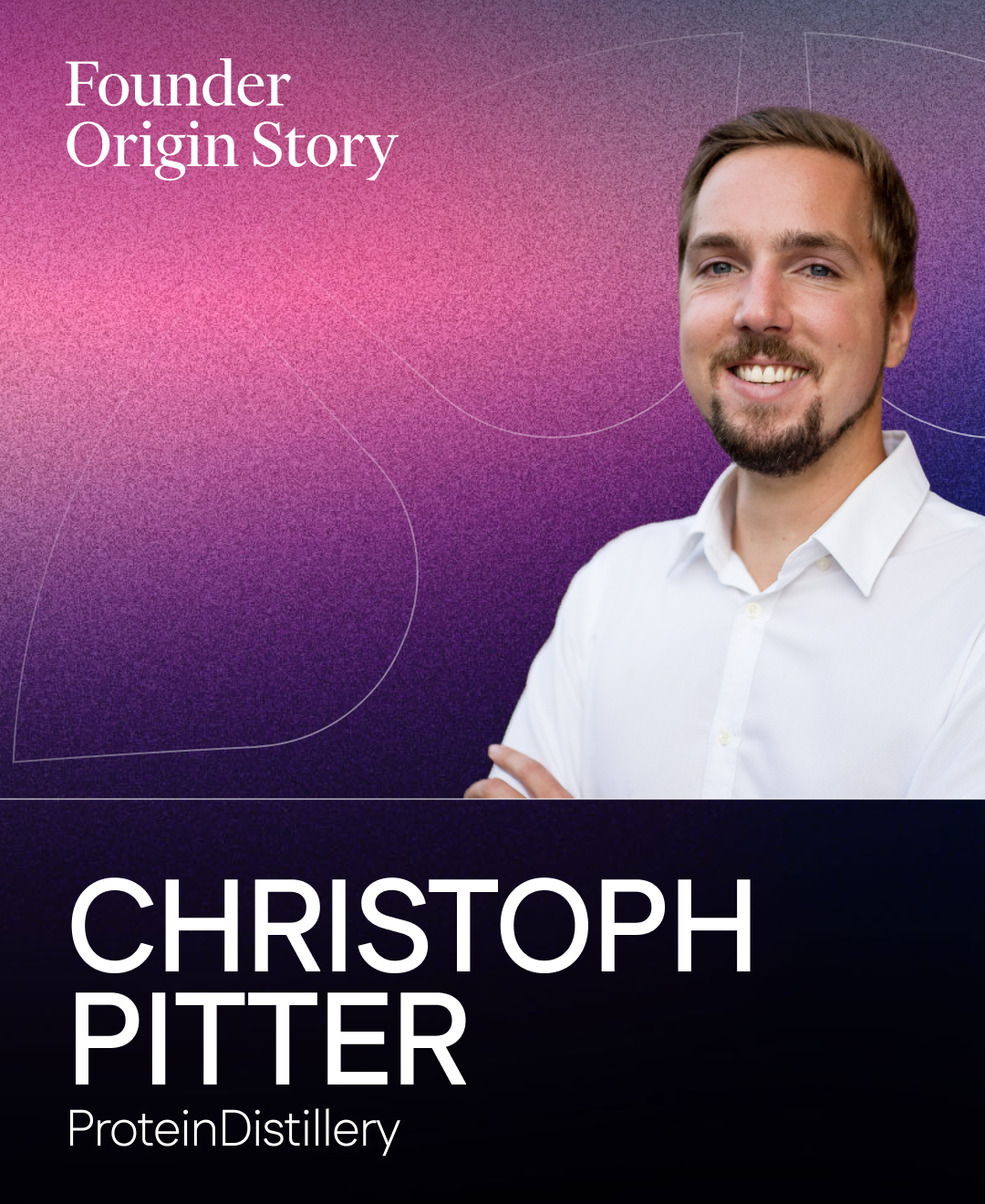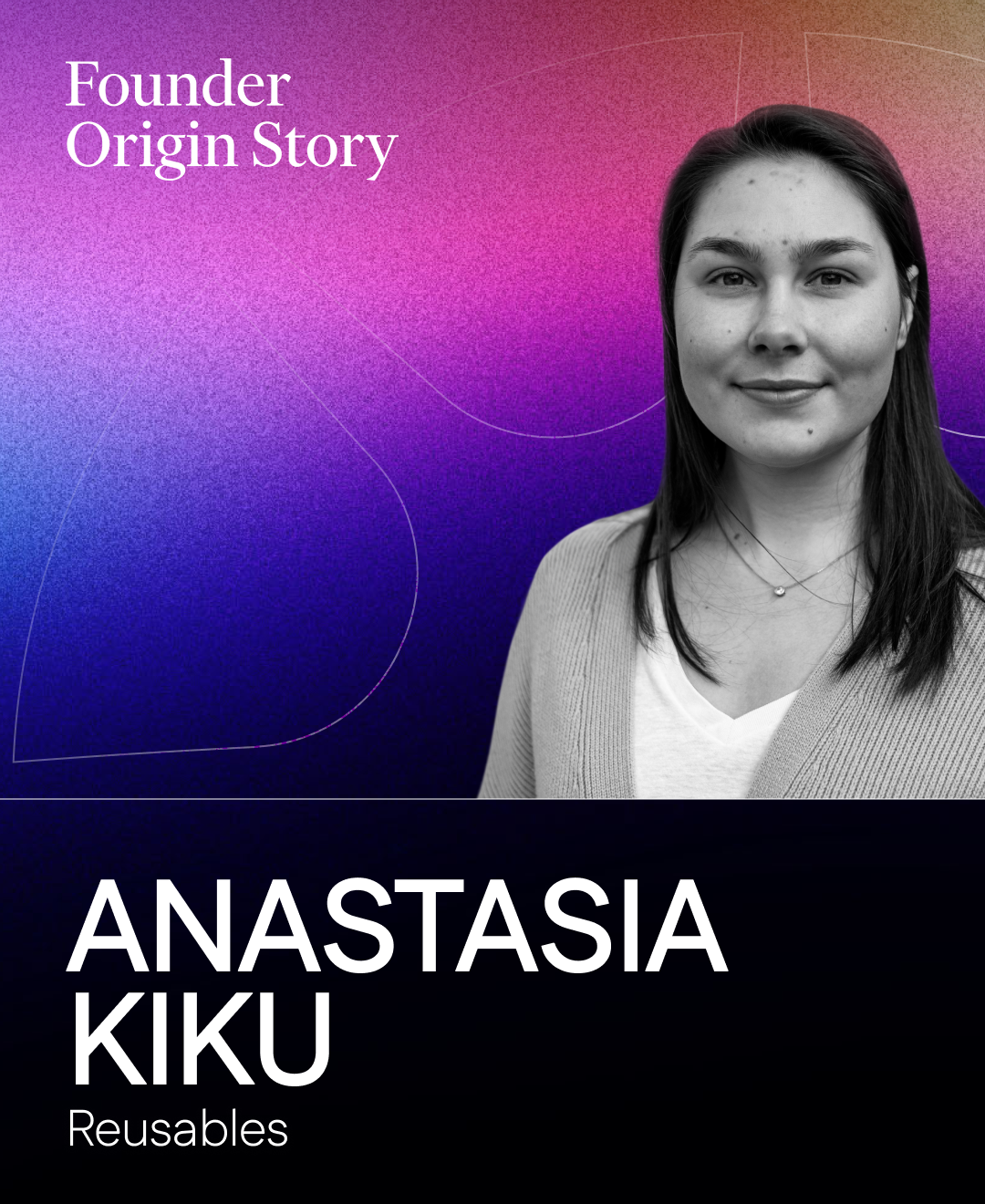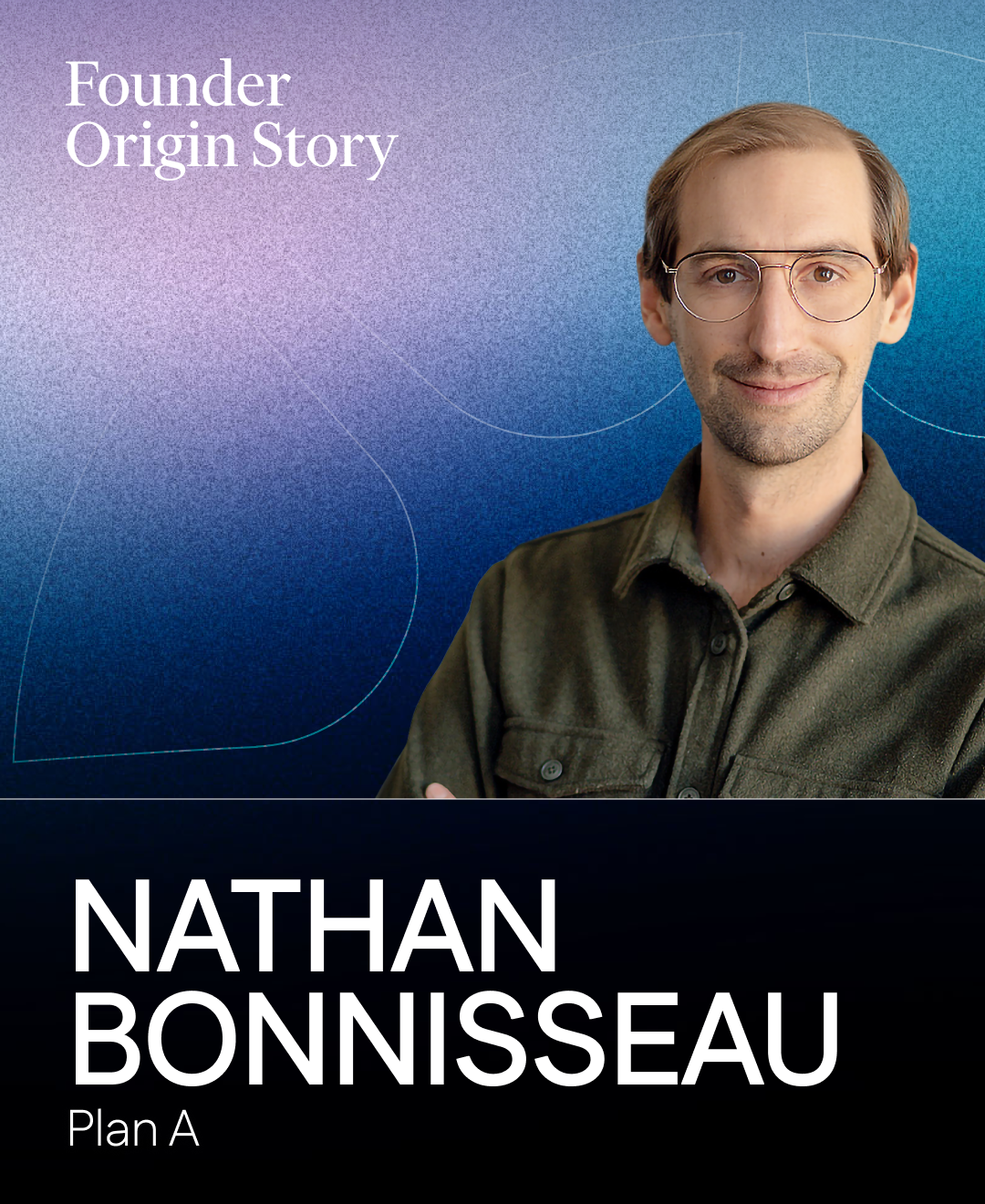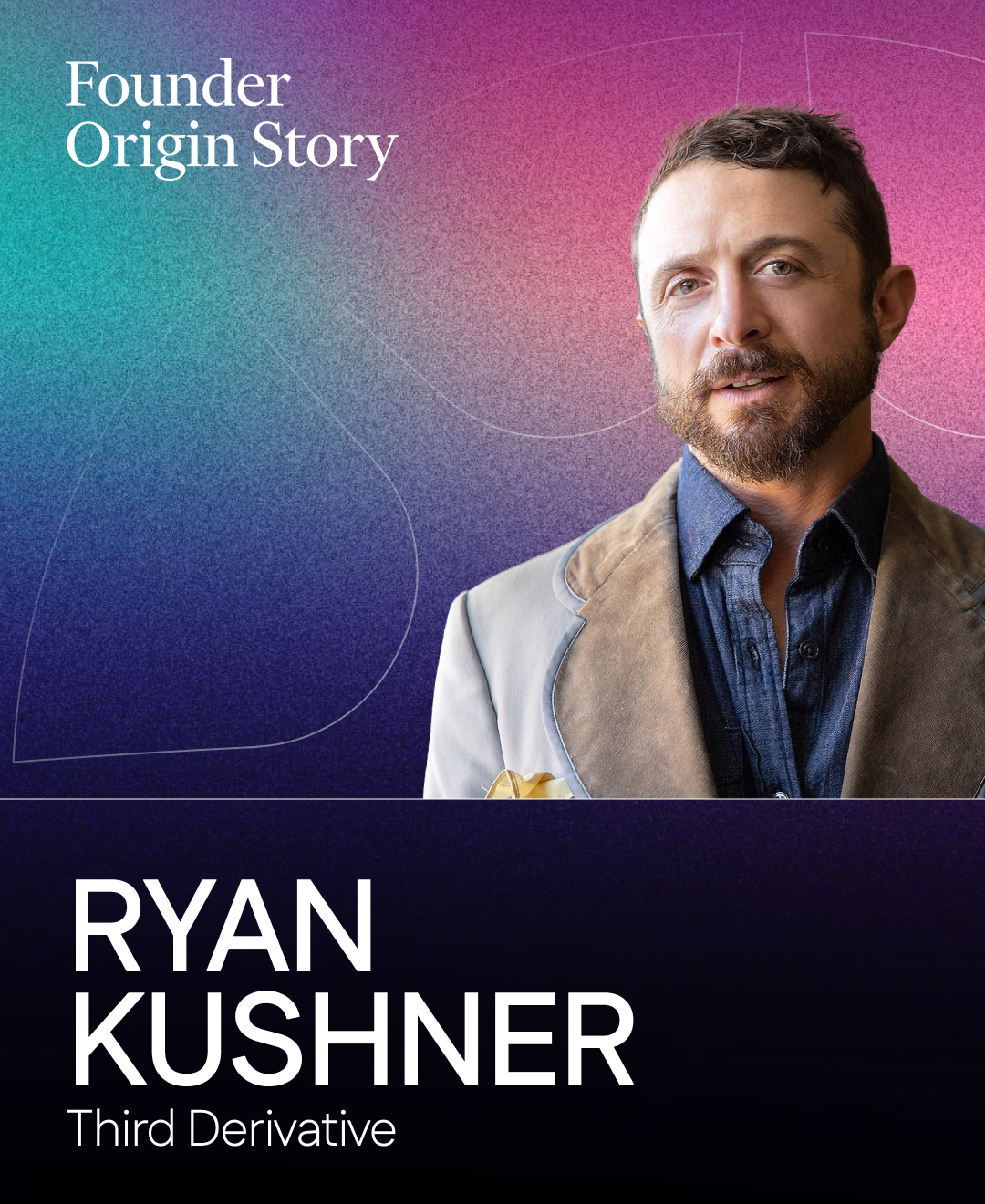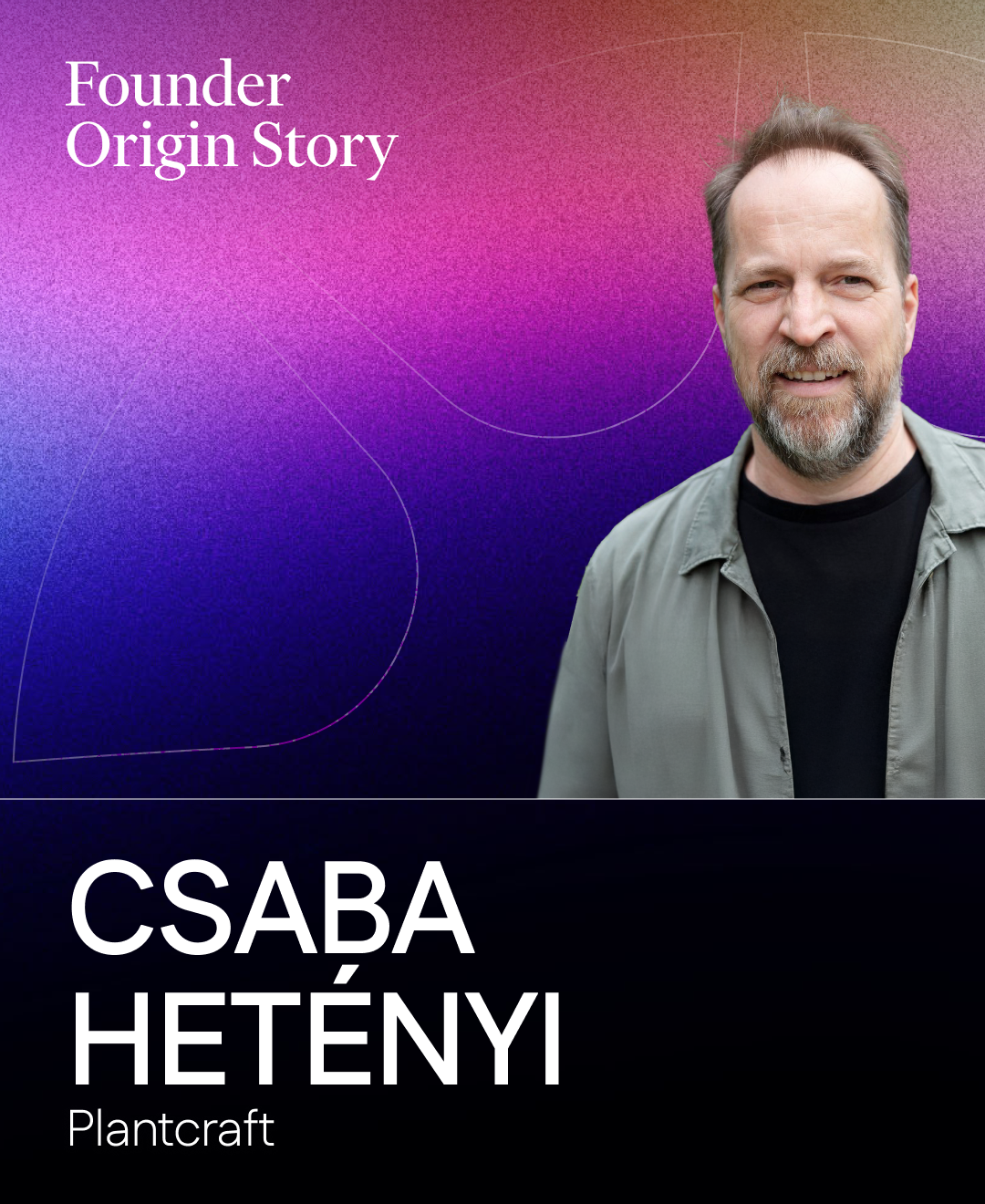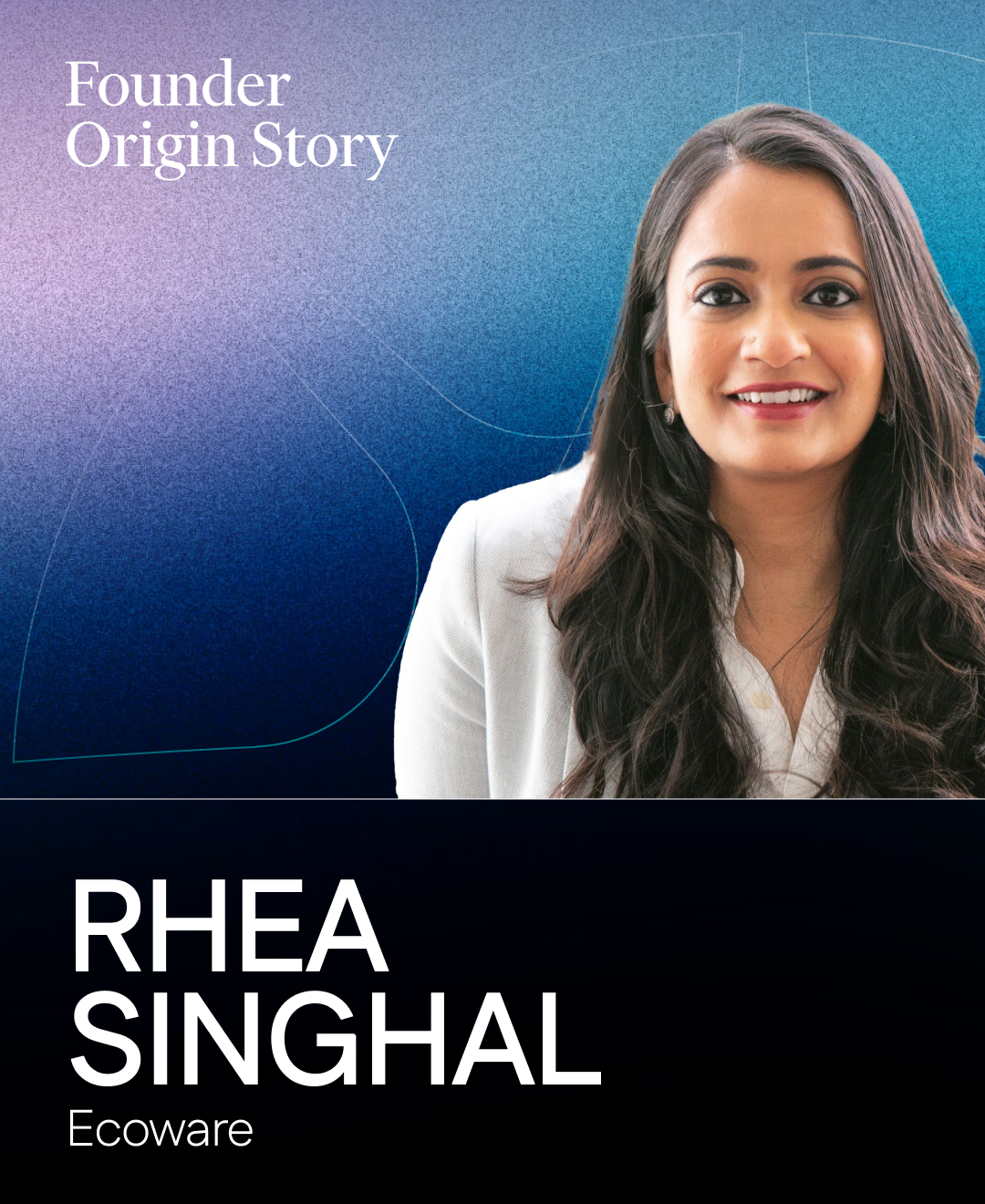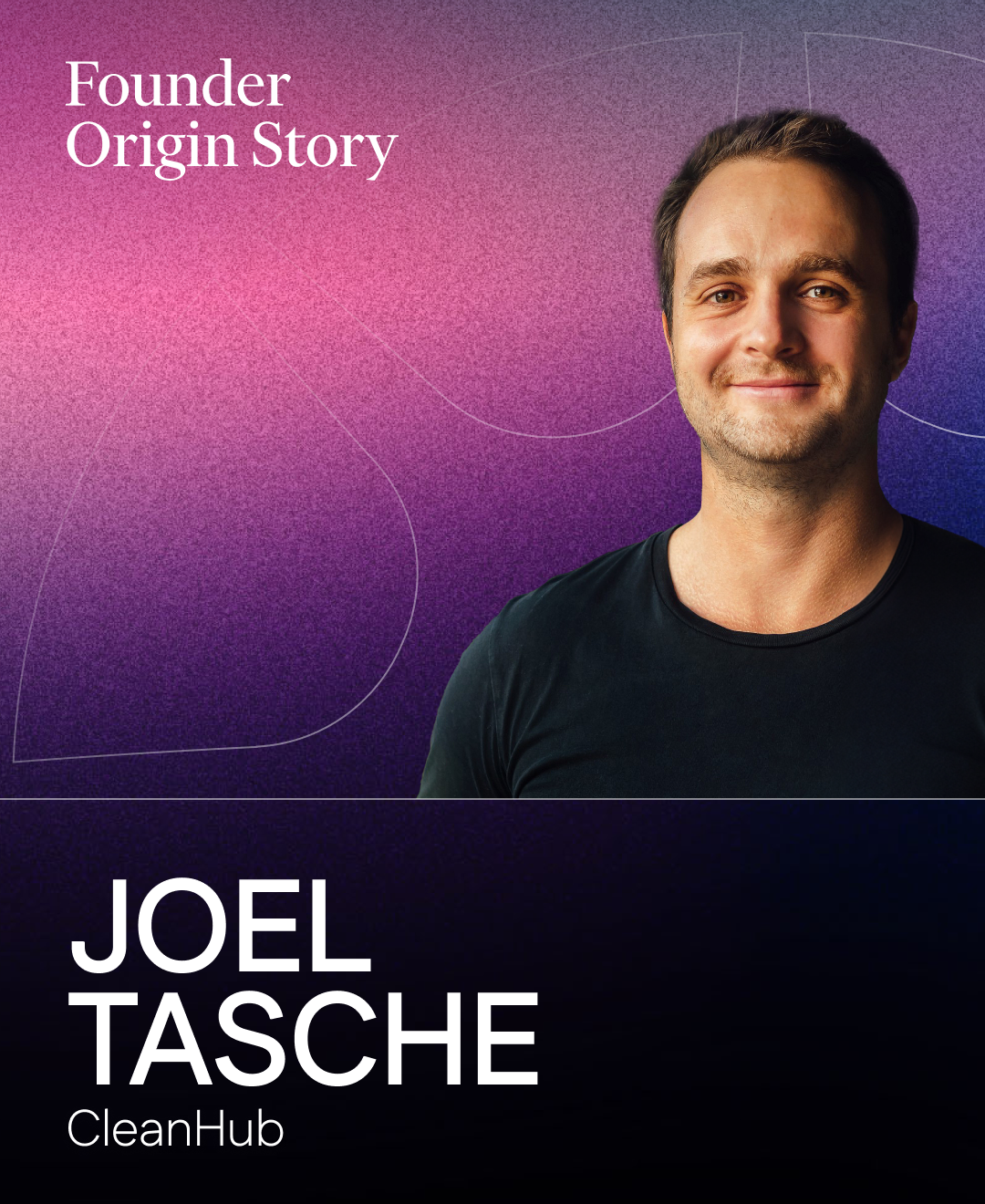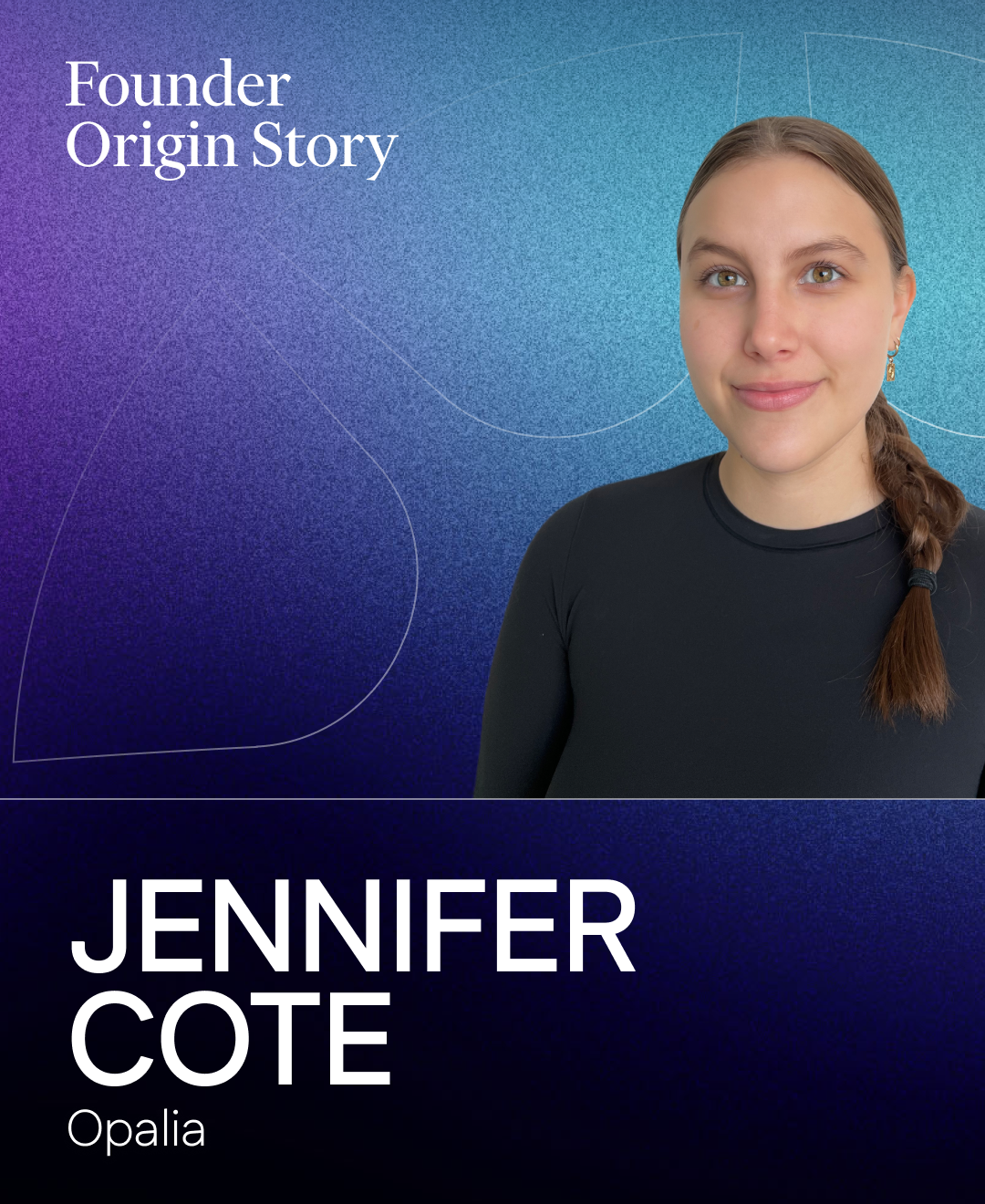
Thank you so much for being here, Thibault. Do you think you could tell us a little about ERS, what you're trying to achieve, and why you feel it matters?
Absolutely. The natural systems of our planet are facing alarming losses, and there are now around two billion hectares of degraded land in the world. That’s huge— an area larger than South America. The loss of this land has a gigantic impact on our planet’s health, as well as the well-being of over three billion people around the world. But a lot can be done to repair the damage.
ERS was founded to assist ecosystem restoration projects. We aim to help people and organisations take a degraded plot of land and restore it as close as possible to a reference ecosystem. We typically collaborate with NGOs and project developers who work to regenerate and bring degraded land back to health.
ERS certifies ecosystem restoration projects on the Voluntary Carbon Markets. Our standard is designed to empower efforts that combat climate change, uplift biodiversity, and improve livelihoods.
There are three main things that set us apart.
First, we process applications in 6 months or less, so that projects can focus on what matters most: delivering impact on the ground.
Second, we monitor projects on an ongoing basis. Beyond traditional third-party audits by independent experts, we use next-gen digital MRV— from satellite imagery to time-stamped, geolocated ground data— to make sure projects stay on track. Third, we believe that more climate finance should reach the ground. That’s why we've established rules to ensure project budgets and revenue shares are publicly disclosed on our registry. By mandating transparency, our standard incentivises more equitable benefit-sharing.
Where are your roots, and where does your journey start?
My personal journey begins in France, where I spent the first eight years of my life. I then lived in Shanghai, China, for around ten years, and after this I was in Canada for about six years. While living in Canada I had the chance to participate in an exchange to South America, where I visited places like Patagonia and the Galapagos. I fell in love with nature down there and saw how wild some places still were, even in the modern world. I wanted to learn more about the natural world.
In 2018, I returned to Panama, on a family trip. My travel reading was a book called Half-Earth by E. O. Wilson, which discussed the relationship between land available for other life forms and extinction rates.
A quote from the book that really struck me was, “Unless humanity learns a great deal more about global biodiversity and moves quickly to protect it, we will soon lose most of the species composing life on Earth.”
On this trip, travelling through the jungle, I felt for the first time an overwhelming connection to the natural world. I was surrounded by this untamed abundance of life, and the forest awoke in me profound feelings of appreciation and awe. But it was short-lived, as you might expect: I began to see once-pristine areas of wilderness that had been corrupted and replaced by this patchwork of silent, wasted lands.
The discovery forced me to confront the magnitude of ecological breakdown. After a bout of acute eco-anxiety, I decided to see these lands as a starting point from which to begin again. I began wondering what could be— instead of focusing on what was.
It was then that I chose to dedicate my career to addressing this challenge. At age 24, I began pursuit of a master’s degree in Biodiversity and Ecosystem Health. I spent years learning about the interconnectedness of Earth's natural systems and surrounded myself with passionate individuals who shared my dedication to restoring these wasted lands.
Wilson’s Half-Earth had proposed that saving the planet and our own species could be achieved by embracing the interconnectedness of all species and safeguarding the land they occupied. The details he outlined in his book spoke to me.
In the end, I decided to start my own company. My pursuits were driven by a single question: how could we achieve genuine large-scale restoration that benefits the climate, biodiversity, and the communities who call these places home?
This same question— and my ongoing attempts to find an answer— now forms the foundation for our organisation’s every thought and action. It’s a mission to restore our planet’s wild, abundant, and interconnected life.
How did you found ERS?
I left Canada and was able to sell some stock options and assets from the company I was working at. It gave me enough funding to hire a few people from day one.
One of my first hires became my co-founder and proved to be an invaluable asset to the company. At first, we focused on research and development and tried to understand forest health using satellite imagery. We were not aiming for carbon markets yet, and it took about a year to decide where we could add the most value as a new player.
When we looked at the structure of the carbon markets, we found that only about 3-5% of projects were reforestation projects, and most weren’t fantastic from a biodiversity perspective— many consisted of efforts to plant fast-growing non-native species like eucalyptus, acacia, and teak. We saw a need, and a demand, for projects that took a high-integrity ecosystem restoration approach instead.
Another problem we found was that certification takes three to five years (and costs hundreds of thousands of dollars in consultant/auditor fees) before the first credits can be granted, which makes it difficult for many projects to join the market. We began to wonder if we could redefine the rules while keeping principles that are key to the carbon credit market by reimagining how certification might be sped up through the use of digital MRV.

When did you first recognise your entrepreneurial skills and feel confident about your ability to succeed as an entrepreneur?
I’ve always been driven to start things. Even in high school, I founded our rugby team and I published a book that sold five thousand copies. Alongside my bachelors and masters degrees, I worked full-time as a chief of staff for a fantastic scale-up in Montreal called Lufa Farms. I learned a lot from the co-CEOs there, who became role models for me.
Throughout my journey, I’ve always had an entrepreneurial drive, and I’ve been fortunate enough to have mentors who’ve really shown me the ropes. But I’m still just getting started. I’m constantly learning.
Who are you speaking to with ERS?
On the buyer side, we’re now speaking with large corporate entities, and building relationships with as many potential large-scale buyers as possible. We’re particularly interested in talking to companies that align with us on several key points.
The first is that carbon offsetting should be seen as a complimentary to a company’s responsibility to reduce emissions. The planet is in a situation where we need to both reduce emissions massively and create large carbon sinks— all Intergovernmental Panel on Climate Change scenarios for keeping global warming at or beneath 1.5 degrees now involve large-scale carbon removal.
The second group of actors we seek to engage with is local project developers and NGOs, especially those with a good understanding of local communities and local needs. We want to work with entities who understand the communities they’re working with and who try to build projects that will actually benefit them. We also work with private companies that do large-scale ecosystem restoration projects.
What are you proud to share and offer to your audience or clients?
There are three key things that we focus on when it comes to our projects. The first is ensuring they have high integrity regarding climate, biodiversity, and livelihoods. While most standards treat carbon credits and co-benefits such as biodiversity and communities as optional, we don’t. These things are integral to a project's success.
The second is the process I mentioned earlier: our digital monitoring, reporting, and verification. We use satellite imagery to gather information every three months about the health of our projects. It allows us to understand the projects that our organisation certifies, follow up on them, and use any buffer pool credits needed to replace any missing credits from the market. Again: our process lets us work with higher accuracy than has been done before by legacy actors.
The third thing is ensuring transparency around project budgets and benefit sharing on our registry. One of the issues with the recent explosion in demand for voluntary carbon markets is that prices have gone up, but the money going into the site hasn’t. As an organisation, if you're investing $14 a tonne into a project and most of it is going to intermediaries, it's important to ask yourself why you're spending that money. Ideally, organisations ought to be trying to invest in change, not just a financial instrument.
What experiences led you to develop your own standards and gave you the confidence to create something unique and superior to what already existed in the market?
Our team started from first principles and questioned everything we did. We're not trying to reinvent the wheel, but rather to build on what already exists by adding a digital MRV layer— and treating communities and biodiversity as integral parts of a project instead of just co-benefits. As I said, we’re also focused on ensuring that the money goes where it should.
Our team has a lot of experience in remote sensing and data science, and we've surrounded ourselves with experts in the carbon space and experts in community inclusion, so locals are able to have a say in a project. As a result, we've been able to build our understanding from first principles and reconfigure things in a way that aligns with our values and principles.
That sounds great. What were the biggest challenges that you’ve gone through with ERS?
The first challenge we faced was positioning ourselves in the carbon offset market. Many people told us current credentialing organisations were too large and had formed an oligopoly that made it difficult for new actors to break in.
But, of course, there’s always room for new organisations in a growing market. The people who’ve been here for a while have a lot of lessons to share and things to build on, but new players can bring a fresh approach. We’ve talked to a lot of project developers who seem to feel the same way, and we’re excited to start working with them.

Did you encounter any mistakes or significant failures during your journey from which you learned important lessons?
It turned out to be extremely important to coordinate with communities themselves instead of just project developers, because there can be a huge discrepancy between the developer's words and the community's feelings.
When we were getting started, we visited a few projects we were working with in person to verify everything was okay beyond satellite imagery. A project developer had been telling us that the community loved its project, and that the trees would be there for the next 30 years— this sounded great— but when we spoke with the local community, they had never even heard of the project idea, and apparently the land the project developer wanted to use had been cleared by the local community for agriculture only months prior.
So, that was less than ideal. What we learned from the experience was that it wasn’t enough to use only digital MRV, but that third-party auditors also needed to perform safety checks for climate, carbon, and biodiversity levels.
We also needed a way to understand what the communities impacted by projects aspired to. In this case, they needed land for agriculture to feed themselves. Were there alternative livelihoods that could be set up so they didn't rely so heavily on nearby forests? Was this something they even wanted to do?
We had to ask ourselves these questions to ensure the local community was being consulted, and that the projects benefited them. It became clear that much thinking needed to be done around community involvement in a project, rather than just a project developer wanting to go somewhere and build the project.
A vast majority of the lands up for ecological restoration are cared for by local and indigenous peoples. Their livelihoods are intricately connected to the success of the landscape, and frequency, they're also ones facing issues like poverty and food insecurity. To ensure local communities have the necessary resources to thrive and restore their lands, projects must set up dedicated plans of action, in partnership with communities, and revise them every five years to ensure they stay relevant.
Thankfully, we’ve seen more projects driven by the communities themselves. They often involve water, because it’s so intrinsically linked to the health of nearby ecosystems. An example of this is where you have forests on hills that become water towers that replenish wells. If you cut down the forest, those wells dry up. Projects to reforest areas like these are a great example of work that benefits the community with their own needs in mind.
It’s fantastic to hear that communities are starting their own projects. In regard to your career or personal life, have you had any “Aha!” moments that influenced your direction?
Oh, I have them almost weekly. That's the beauty of this role. You’ve got to be open-minded to being wrong, to trying again and again, and to learning from each attempt.
A few weeks ago, for example, I got to learn via deep dive on the influence moisture levels have on radar signals. We're also changing how we measure errors in our models, to include more uncertainties. I need to be conversant in a great deal of subjects that range from data science and biodiversity to climate science and policy. The policy landscape changes so often, and government bodies will suddenly release rules that we need to be fully aware of and implement. I’ve got to be constantly learning and adapting.
One of the best quotes I can think of for starting a company is “strong opinions loosely held.” It’s important to have a strong position, but you must be ready to adapt based on new information. So we try to get things done and adapt to change. It’s not the strongest or most intelligent that survives: it’s whoever is most adaptable to change.
We’re building a company that sets standards that evolve and change over time because the science itself evolves and changes. One example of this is that nobody accurately accounts for the methane coming out of mangrove projects; they only measure what gets sequestered by mangroves. The key thing here is that you actually get methane production when you convert non-mangrove ecosystems to mangrove ecosystems, and you need to calculate both to have an accurate picture of a project’s impact on the climate. So we constantly challenge ourselves to figure out where the next frontier is in the domains we’re working on.
Would you mind sharing some of your organisation’s values with us?
The first value we have is, really, just getting the work done and embracing challenges. We find hope through action in the face of the daunting challenge of environmental degradation and the eco-anxiety it causes.
We recognise a need to be conscious of the impact we have on the environment at both an individual and collective level, and that we need to take action to mitigate damage and restore ecosystems.
Our focus on ecosystem restoration is a story of hope— we take degraded land and bring life back into it. We believe we can find hope and inspire more action by taking action in the first place. This is why our first value is: roll up our sleeves.
Our second value is to raise the bar. To make progress, we need to constantly aim higher, adapting to evolving scientific and technological advances, as well as the ever-rising expectations of the market.
Our organisation's third and final value is that we care deeply about nature, each other, and our work. This is a common thread among our team members, who are not motivated solely by financial gain but by a belief that through building a certification standard, we can help ecosystem restoration projects become more effective and bring nature back on a larger scale. This commitment to a shared mission is a powerful force within our organisation. Despite the challenges and scepticism we face, we are motivated by our passion for our mission and the environment.

How do you personally maintain a clear and centred mindset during challenging times?
Sports and meditation are my go-to methods for taking care of myself. I’ve always been involved in sports, from playing rugby for 12 years to doing triathlons, and lately I’ve begun to get into hybrid strength and endurance activities. It's a great way to clear my head and focus on the present moment, and I also believe there’s a spiritual aspect to pushing oneself to a physical limit. I also meditate daily, which helps me be more centred and grounded.
Being a good leader starts with taking care of yourself. You have to get enough sleep, eat properly, and exercise regularly.
What did you see in your co-founder that you believed showed her promise in the leadership role you envisioned?
Priscille and I share similar values and drive, and she is incredibly smart and capable. She has a unique ability to connect with people— particularly those working on projects on the ground. She has a background in fieldwork, having worked on reforestation and smallholder farming projects on three continents, and that gives her a unique ability to keep us in line with the needs and reality of projects on the ground.
This is important in the carbon market industry, where it can become easy to forget the purpose behind the work and view it as just a financial instrument. Priscille is able to remind us of the importance of restoring nature and its impact on people and communities.
What fulfils you about your work?
It is incredible to see projects come to life. The first two pilot projects we completed and the subsequent three have yielded amazing results.
For example, in the Corcovado region of Costa Rica, near a beautiful national park, we certified a project that planted over 30 types of trees on four hectares of land. This land would have never been certified on traditional carbon markets because it’s far too small— literally a hundred times too small— to be eligible for most project certifications.
The Corcovado project is a great demonstration of a key part of our standard, which is that it's intended to lower the barrier to entry and empower community-led restoration projects of all sizes. Applied at a large scale, we hope it could improve the livelihoods of, potentially, billions of people. Any steps in this direction are absolutely fulfilling.
What were the most significant compromises or sacrifices you made to get to where you are today?
Balancing personal and professional responsibilities can be a constant compromise and sacrifice.
As you can imagine, your social life takes a hit. It's not always glamorous. It's a 24-hour-a-day effort to get things done and make progress while setting aside some time for friends and my significant other. I find a lot of fulfilment in living this way, though, and I think the sacrifices are worth it.
What kind of future world would you like to help create with ERS?
A wilder world. A world where both nature and communities thrive together. These are things worth striving for. We have so many challenges to consider, like emissions reduction, the purchase of carbon credits, and the decision of either restoring a piece of land or prioritising development— but, that said, we shouldn’t see these choices as mutually exclusive. For example, we can reduce emissions and invest in climate efforts at the same time.
Nature and communities are interconnected. When nature isn’t thriving, it’s difficult for communities to thrive as well. For example, in Panama, a fishing village was facing a decline in fish populations due to degraded mangroves, which are essentially nurseries for young fish. This decline in fish population directly impacted the livelihoods and well-being of the villagers. In a stark example of increasing sea level, this same village also had to move their church five times in the last ten years due to rising waters. This is a good illustration of the importance of the interwoven fabric of climate and livelihoods.
In the end, what we want is a future where nature and communities benefit from each other.
What advice would you like to give a young entrepreneur starting in the climate space?
We need more companies and individuals to focus on solving difficult, complex issues related to sustainability and the environment. New entrepreneurs would do well to think bigger.
It’s not that starting an eco-friendly toothbrush or paper straw company isn’t worthwhile— they’re necessary. But we’ve got to work on more significant problems. I know a company trying to revitalise soils polluted with heavy metals by using super-absorber plants to soak up the heavy metals. The plants are harvested and the pollution can be separated out; it could revolutionise mining by cleaning up waste dirt.
What would you like them to take specifically from your personal journey?
I'm still at the beginning of it; I'm only 27. If there's anything to take away from my journey, it’s this: never stop learning.
By understanding why things run the way they do, you'll find that many problems, which may have seemed impossible at first, can be broken down into smaller, more-manageable pieces. By building on each step and surrounding yourself with mentors and experts, you'll be able to tackle larger problems.
People are typically quite friendly, especially when you're trying to build something meaningful. You'll be surprised at how open people will be to helping you and solving the hard questions.
A problem people have today is lacking the willingness to challenge themselves and, unfortunately, a kind of paralysis caused by too many choices. With the advent of social media, people are presented with endless possibilities and opportunities, leaving many feeling overwhelmed and unsure of what path to take.
In the past, one's career path and profession were often predetermined. For example, people in rural towns would probably become farmers. But today, the options are endless, and it can be difficult to decide what to do. It's important to remember that with choice comes freedom, and one should not be afraid to pick something and go after it with determination. You can't be everything, but you can be something great. So pick something hard, and go after it.
Those are wise words. If there were one last message you could share with anyone in the world, what would it be?
Be kind and get things done. Make it happen.
I like the sound of that. Thank you for sharing a little about your mission and what you’re trying to accomplish; we really appreciate you taking the time to talk, and we wish you the greatest success in your efforts to restore damaged land around the world.
Thibault’s organisation, ERS, can be found at ERS.ORG.
Let’s Start Building Your Story
Book a call or email us at mission@brighterfuture.studio to begin crafting your inside-out narrative.


